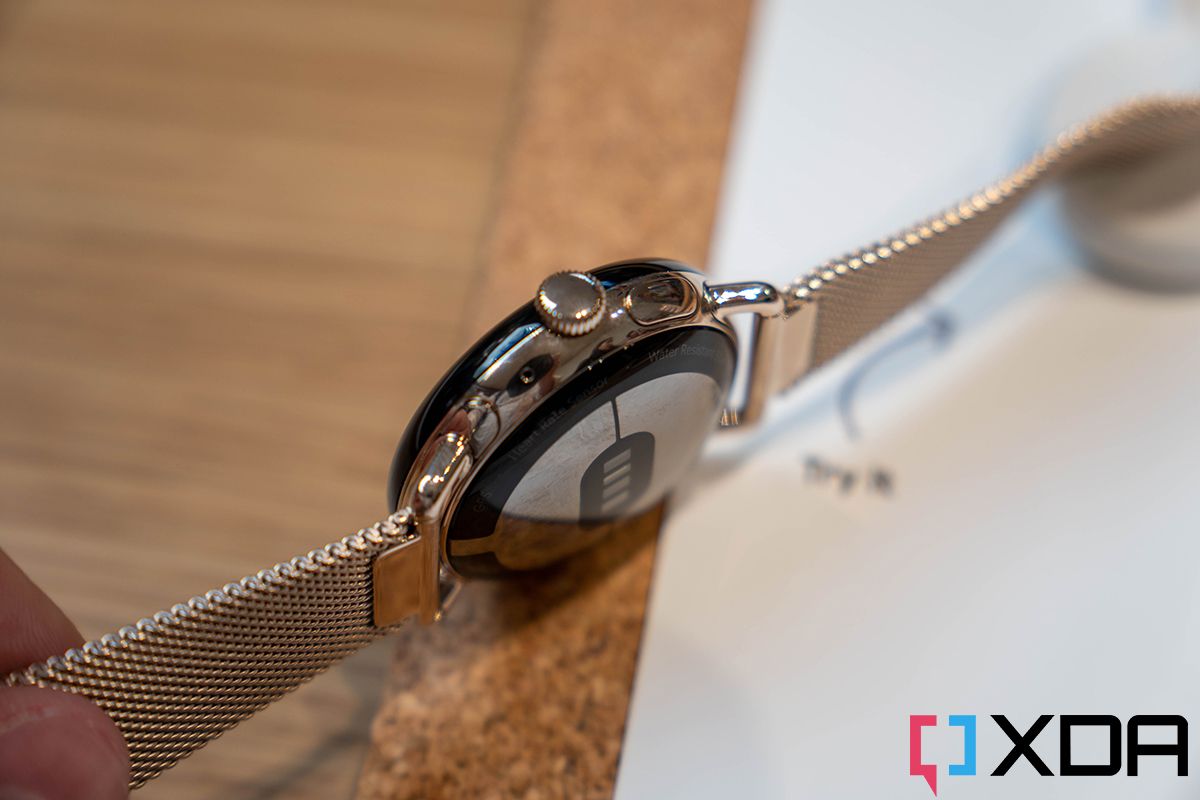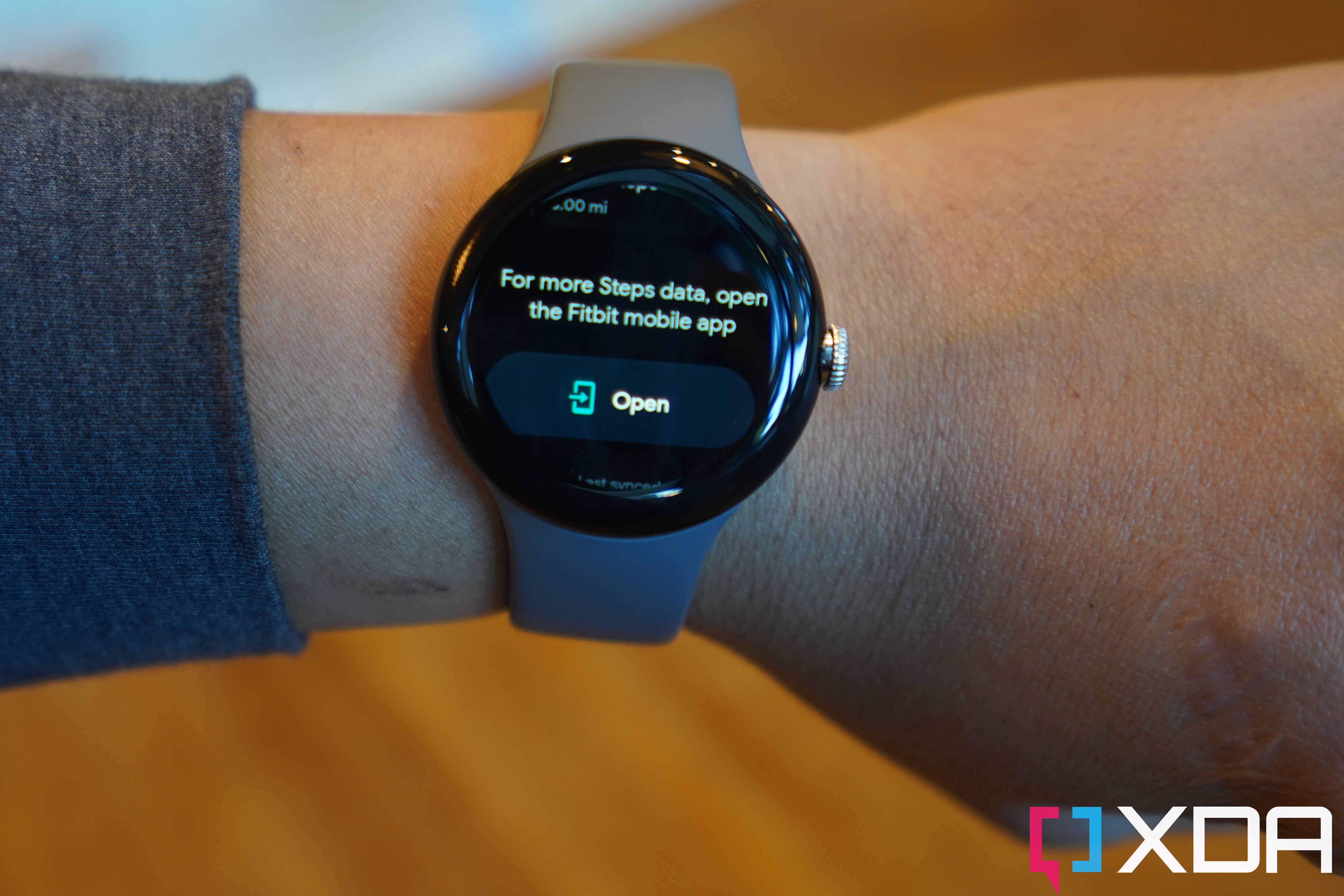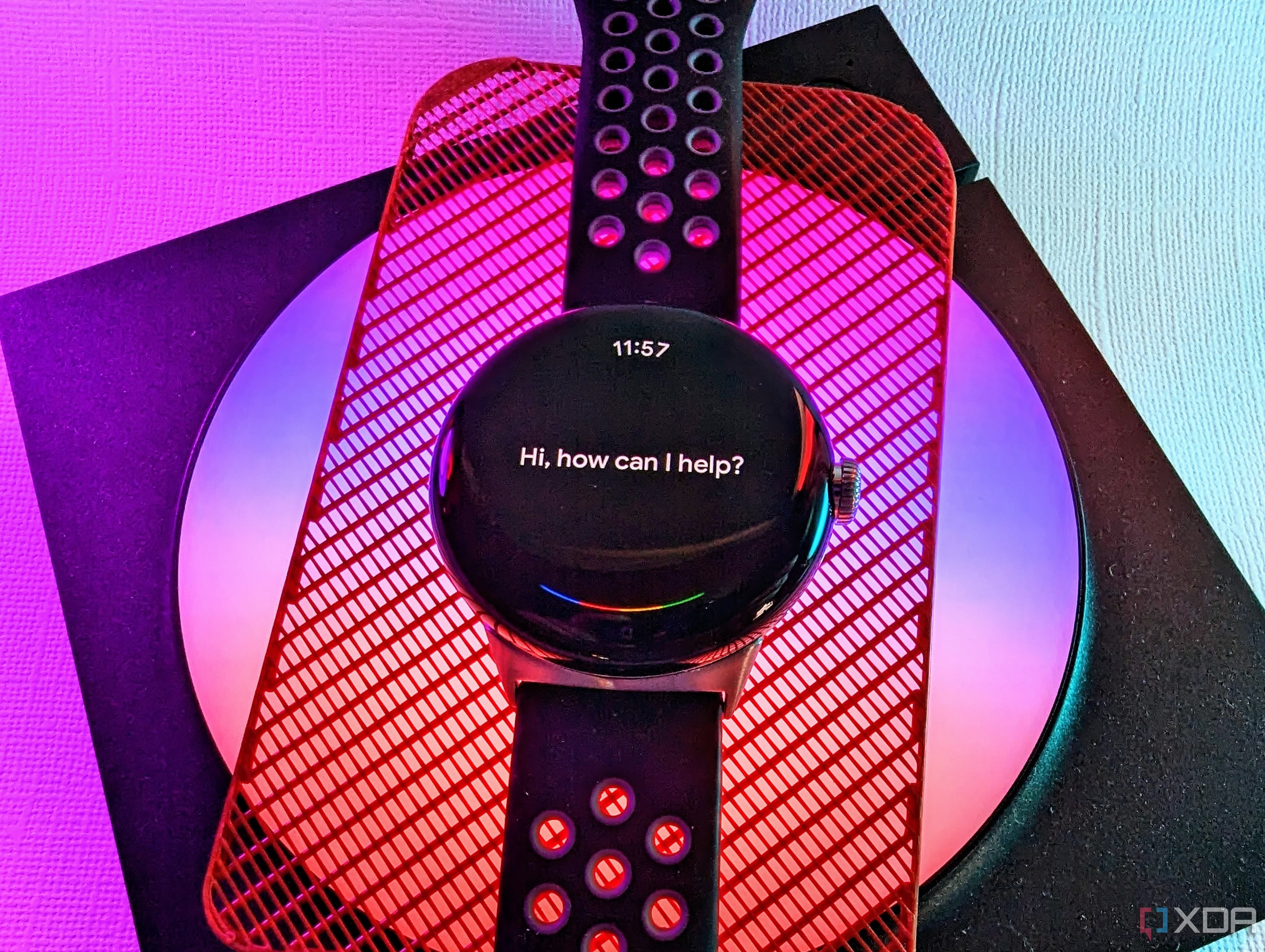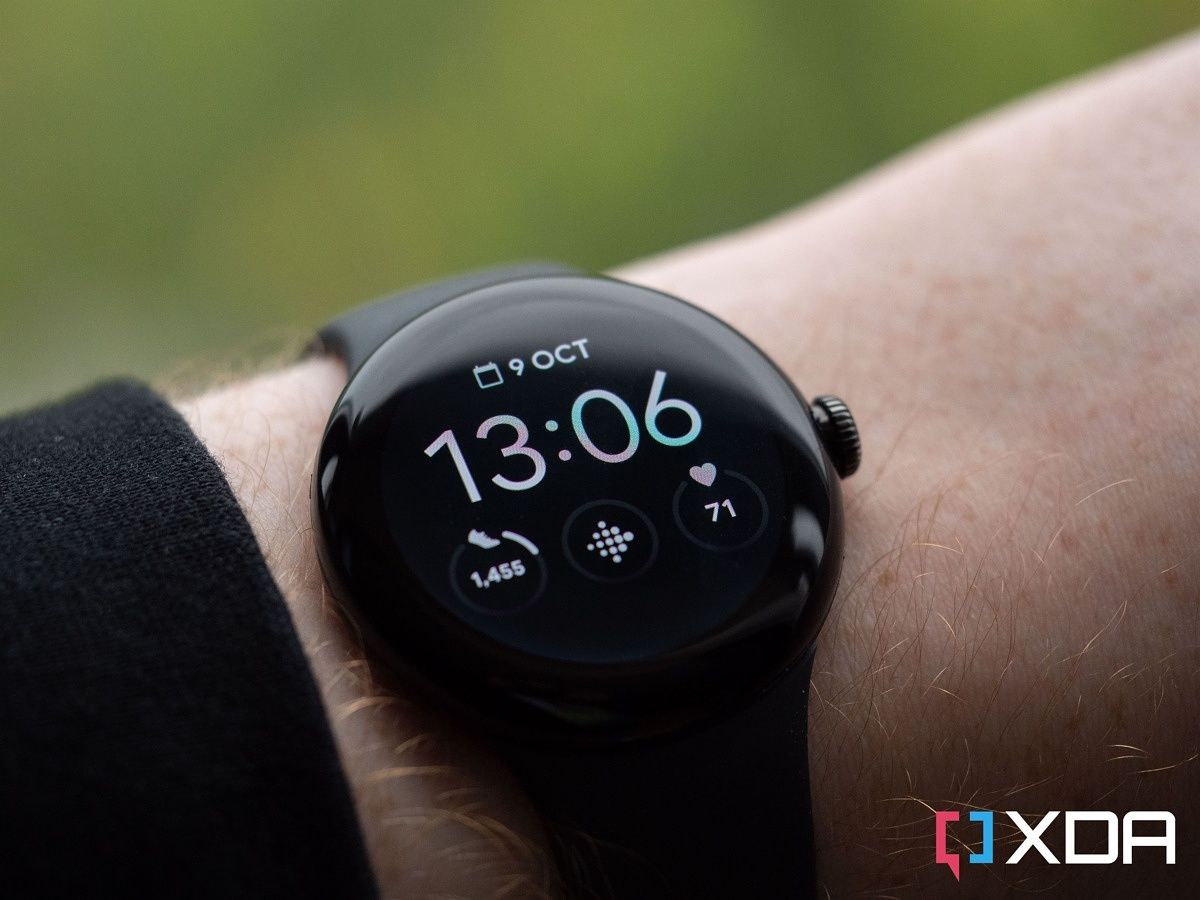Google got a late start in the mobile technology game, which might be surprising when you consider that it develops Android. The company’s Google Pixel lineup of smartphones has just become a real threat to Apple and Samsung, starting in its sixth generation, and the Pixel brand is expanding with the Pixel Fold and the Pixel Watch. While these first-generation products are impressive for what they are, they leave much to be desired when compared to the competition.
However, the best example of this is the Google Pixel Watch, which debuted in late 2022 as the company’s first smartwatch. After closing a deal to purchase Fitbit in 2021, the company’s entrance into the smartwatch market was expected. However, after months of testing, two things are clear: the first-generation Pixel Watch is far better than the first-generation Apple Watch was, but it pales in comparison to Apple Watches today. That leaves future generations of the Pixel Watch with a ton of potential. But there are a few things that Google needs to fix first.
1 A more polished build and design
The Pixel Watch is designed to be a minimalist smartwatch, to the point where you might mistake the stainless steel version for a traditional watch. Google shouldn’t change this direction, as it fits the Pixel brand and gives the Pixel Watch a unique identity compared to the rest of the smartwatch space. Google should look to make the Pixel Watch look more premium for the next generation, and the best way to do that might be by shaking up the band offerings. Paired with an Active Band, the Pixel Watch can look more like a Fitbit or a cheap fitness tracker than a flagship smartwatch. Google needs to change this image to compete with flagships from Apple, Samsung, or Garmin.
However, the matte charcoal version isn’t the company’s best attempt, and it appears to have a cheaper build than aluminum watches from Apple or Samsung. This might come down to personal preference, but I’ve found that the matte charcoal Pixel Watch — which is really just matte black — looks more like plastic from a distance. I feel the same way about dark colors from Samsung and Garmin, but Apple gets them right with a brushed aluminum finish as opposed to a matte one. Plus, since the glass, body, and rear case are all black on this model, there’s not a lot of fashionable contrast. For future iterations of the Pixel Watch, I’d like to see a brushed finish or lighter colors for a matte version. But this is definitely nitpicking the Pixel Watch a bit, since the polished stainless steel models look great.
2 Less reliance on Fitbit
The Pixel Watch is currently stuck between using Google and Fitbit services, which makes for a convoluted user experience. Though the Pixel Watch runs WearOS, it’s clear that parts of Fitbit OS are used to provide health-based features. For example, right at startup, you have to first pair the Pixel Watch with the Pixel Watch app on your Android phone. Then, you also have to pair the Pixel Watch with the Fitbit app separately. Settings and features are scattered across the two apps, and it’ll feel like you’re wearing two different products on the same wrist. To make things even more confusing, you can use Google Fit if you want, adding a third option.
Google, please pick an app internally and consolidate all the Pixel Watch features and settings in one place. The more advanced application in terms of the feature set is clearly the Fitbit app, as it shows a slew of fitness and health data in an accessible and easy-to-use way. However, Fitbit’s app uses the brand’s own design language, not Google’s. In a perfect world, Google would keep the Fitbit app as the primary fitness program for the Pixel Watch but with a complete redesign. Google’s app ecosystem has a level of design consistency that is borderline bland, so it’s jarring when an app doesn’t follow the theme.
3 Better battery life
Now it’s time for the hardware issues. The Pixel Watch is small, and a consequence of that is there isn’t a lot of room for an internal battery. The battery life on the Pixel Watch just isn’t good, and actual users will get much less battery life than the 24-hour rating claimed by Google. With the always-on display disabled, you’ll get a full day and night of use, but it’s a shame that you need to turn off that feature to get decent battery life.
Whether it’s through better software optimization or a redesign that features a bigger battery, the Pixel Watch’s battery life has to get a bit better to be a reliable daily driver.
4 A more powerful processor
Google has developed in-house processing units for its Pixel smartphones, but it used high-quality Qualcomm chips on devices before that. However, the Pixel Watch shipped with a measly Samsung Exynos 9110 SoC and a Cortex M33 coprocessor. Put simply, the Exynos 9110 is a four-year-old chip that doesn’t offer much in terms of performance. Most quick actions on the Pixel Watch don’t take too long, but restarting the device or more intense requests can take a while. If you daily drive the device, you’ll run into instances where dictation or Google Assistant confuses the Pixel Watch and forces you to start over.
The next Pixel Watch needs a more advanced processor, or at least a recent one. Thankfully, leaks suggest it’ll get the Snapdragon W5 chip. The SW5100 system-on-a-chip that will allegedly power the Pixel Watch 2 should be a huge upgrade, as it is developed using the newer 4nm manufacturing process, and we’ve seen its power in the latest TicWatch Pro 5. Plus, it features a dedicated Snapdragon Adreno graphics processor and 2GB of RAM. Most importantly, Qualcomm says that these chips have extremely low power draws, and that should be good news for battery life on a second-gen Pixel Watch.
5 A bigger display with smaller bezels
When the Pixel Watch was first unveiled, Google took a lot of heat for the massive bezels. Thankfully, the bezels disappear when using the Pixel Watch in person, but that’s because Google cleverly uses a black UI that blends with the black bezel. While this looks good, it slightly limits the available space Google has to create the Pixel Watch’s operating system.
As previously mentioned, the Pixel Watch is small, and the smartwatch is difficult to navigate as a result. Typing is impossible, and though dictation is usually solid, the display needs to get bigger to make the Pixel Watch a serious smartwatch. The display size is the biggest change Google needs to make on the second-gen Pixel Watch because it’s the biggest reason why the smartwatch is hard to recommend. If anything more than viewing notifications and fitness tracking requires you to pull out your phone, then the smartwatch isn’t all that useful.
The final say
Google’s first Pixel Watch needs to be compared to other first-generation products and currently available ones in order to get a good idea of where the device stands. It’s far better than other first-gen products, which paints a promising picture for the Pixel Watch. But it’s also not up to par with some of the other best smartwatches from Apple, Samsung, or even TicWatch just yet.
Most people shouldn’t buy the Pixel Watch, but by just changing a few details, Google can make its smartwatch an extremely competitive WearOS device. With an expected launch of a Pixel Watch coming this fall, we’ll see if Google continues to impress with its new product line.




